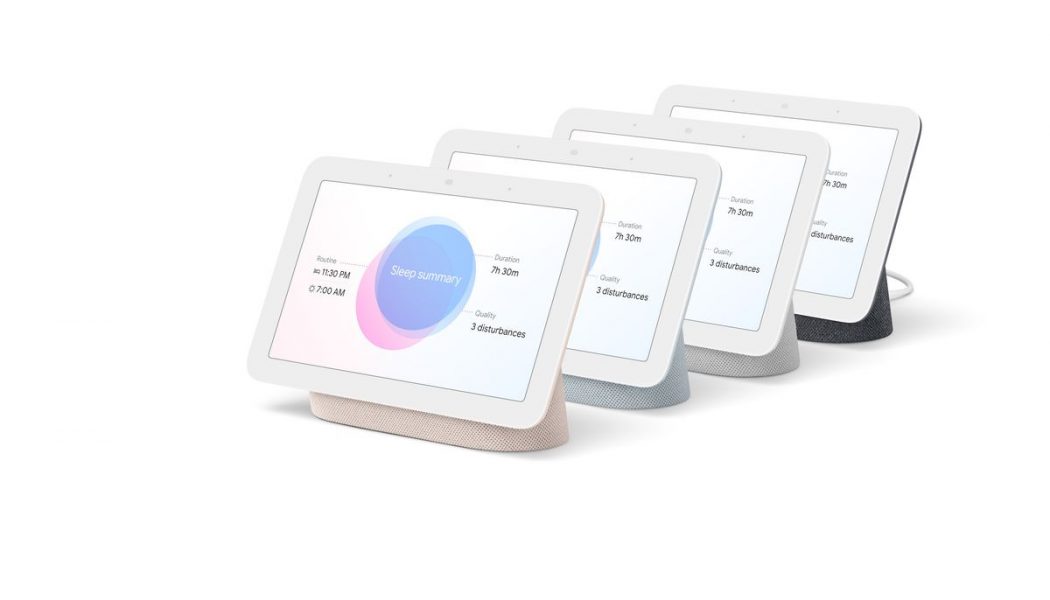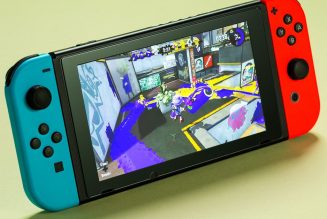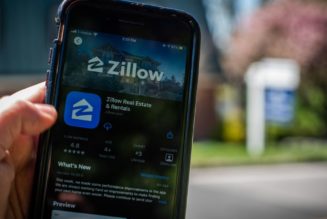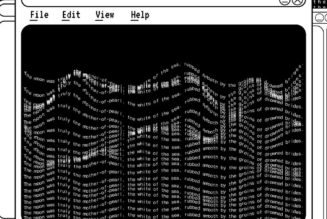Google has announced a new version of its Nest Hub smart display. The updated Nest Hub includes several enhancements over the model that debuted as the Home Hub in 2018, including a refined design, faster processor, and louder speaker. But the most significant upgrade is found in its ability to measure your sleep without requiring you to wear anything. The new Nest Hub is $99.99, comes in four colors, and will be shipping on March 30th, with preorders starting today, March 16th.
The new Nest Hub looks basically identical to the prior model, but you can now get it in a light blue color (Google calls it “mist”) in addition to the light pink, light gray, and dark gray options. Google says it has refined the bezel around the screen to be flush with the rest of the frame, which should make it easier to clean. The display itself remains unchanged — it’s a seven-inch, 1024 x 600 pixel touchscreen LCD with Google’s automatic ambient brightness and color adjustment features. There still isn’t a camera on the Nest Hub — if you want to make video calls from a Google smart display, you need to pony up for the larger Nest Hub Max.
Google claims the new Nest Hub has 50 percent better bass performance thanks to a larger speaker (now up to 43.5mm in diameter), addressing one of our biggest complaints with the original model. A third microphone and on-device machine learning chip have been added to improve its response to voice commands. Google claims that the Nest Hub will now learn your common commands over time and then process them locally to speed up responses, as well. Inside the new Hub is a faster processor and a Thread radio for smart home devices. Google tells me that the Thread function is not available at launch, but when it is enabled, it will allow the Nest Hub to behave as a Thread border router and a CHIP hub, with support for compatible devices.
:no_upscale()/cdn.vox-cdn.com/uploads/chorus_asset/file/22372561/Nest_Hub_all_colors.jpg)
Those hardware improvements are appreciated, but the biggest difference between the old model and the new one is the ability for the Nest Hub to track your sleep patterns and rate your quality of sleep. The new Hub does this thanks to its integrated Soli sensor technology, which can measure your movement during the night, even down to your breathing patterns. The company has been trying to find the right use for Soli technology since it first debuted on the Pixel 4 smartphone in 2019. Since reaffirming its commitment to the technology last year, Google has used Soli in the Nest Thermostat and now the latest iteration of the Nest Hub.
Google takes the data captured by the Soli sensors, combines it with your sleep schedule and routines, and analyzes it to give you a summary of your sleep duration, consistency, and restfulness. It’s able to do all of this without requiring you to put special devices under your mattress or wear a tracker on your wrist. It also can track your sleep automatically — there’s no need to tell it when you’re going to bed or when you wake up.
The data presented by the Nest Hub tells you how long you slept, how consistent you are with what times you go to bed and when you wake up, and a general restfulness score. It identifies when you’ve coughed or snored during the night, as well as any times you might have gotten out of bed. Google says there is a configuration when you first install the Nest Hub by your bedside to tell it exactly where you sleep, so it can ignore your partner’s movement if you share a bed with someone else.
Google claims it is not evaluating your sleep cycle patterns (such as deep, light, or REM) at this point, but it didn’t rule out doing so in the future. Other popular sleep tracking devices generally include this info in their reports though how accurate it is remains up for debate. “I tend to trust when the devices might tell me someone is awake, verses when someone is asleep,” Susheel Patil, clinical director of the Johns Hopkins Pulmonary Sleep Medicine Program, told The Verge last fall. “But I don’t put a lot of emphasis on the differentiation between light sleep and deep sleep.”
Google tested Nest’s ability to accurately track when someone was asleep and when they were awake by comparing it to the type of sleep study done in labs and clinics, called a polysomnography, in 33 volunteers. “That’s the gold standard that we use in the clinical community,” says Logan Schneider, a sleep researcher at Stanford University who consulted on the project.
The Nest also measures breathing rate, which it compared to polysomnography as well. In addition, the team measured it against breathing rates captured by other medical devices, like bands people can wear during sleep, Schneider told The Verge.
The Nest Hub also uses other sensors to inform what could be affecting your sleep, including the ambient brightness and temperature in the room. Wrist-worn sleep trackers are generally not able to measure those data points, which gives the Nest Hub a small leg up when it comes to context.
:no_upscale()/cdn.vox-cdn.com/uploads/chorus_asset/file/22372534/Nest_Hub_and_Google_Fit___Details.jpg)
Google says that movement data captured by the Soli sensor is represented by spectrograms, which display the intensity of movement throughout the night. It is not individually identifiable, and the captured audio and raw data is processed locally on the device itself. Google does send what it refers to as “sleep event data,” which includes the time you went to bed, time you woke up, coughing, and restfulness to the cloud. You can view this data on the Hub itself, either by tapping the screen or using a voice command to ask how you slept, or in the Google Fit app on a smartphone.
A bedside monitor like Nest has advantages over a wrist-worn sleep tracking device — users don’t have to deal with any discomfort of sleeping with a device strapped on, and don’t have to remember to charge it before bed. That could give people more consistent data on their sleep, instead of just information on nights they decide to wear a smartwatch. Collecting that information over time is also an advantage over medical tests, which are often invasive and only take a snapshot of someone’s sleep on one or two nights. “You’re gathering more data to get a more realistic snapshot of what a person’s sleep is like every night,” Schneider says.
For now, Google says that the Nest can’t diagnose any sleep-related medical conditions. It’s a general wellness device, but like many health-tracking products, it’s not a medical device. But that’s something that could come in the future, Google product manager Ashton Udall told The Verge during a briefing. “Coughing and snoring, obviously, can be really telling for more serious conditions,” he says. “We think there is really a rich, rich future in being able to give people more insight.”
Google says it has partnered with the American Academy of Sleep Medicine (AASM) to provide guidance on improving users’ sleep, which it provides in the Fit smartphone app. It will give suggestions on how you can get better sleep based on your own data, including the tried-and-true “go to bed at the same time every night” as well as smart home routines and reminders for when to go to sleep. After 14 nights, the Hub will present a recommended schedule for when to go to sleep and when to wake up.
Outside of sleep tracking, the Nest Hub also uses the Soli sensor to enable some basic gestures, such as “tapping the air” to play or pause music or video. You can also wave your hand across the device to snooze an alarm.
Google says the sleep sensing features will be available as a free preview for all Nest Hub owners until next year. The company would not say how much the features might cost once the preview period ends, but it is working on integrating the Nest Hub’s sleep tracking with Fitbit’s existing sleep tracking features.
Sleep tracking gadgets have gained popularity in recent years, with most smartwatches and fitness bands offering the feature. Google’s betting that the Nest Hub’s sleep tracking that doesn’t require you to wear anything, charge anything, and or even tell it that you’re going to bed will make it easier for people to use consistently. It also provides some more context than average, thanks to its luminance and temperature monitoring. But the question is still out there on whether all of this data can lead you to actionably improve your sleep or if it’s just more noise in a noisy world.









